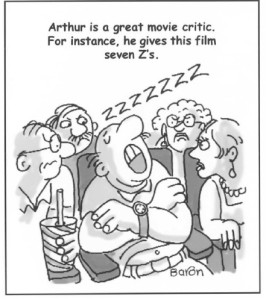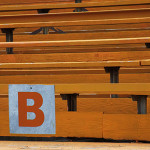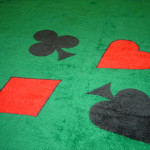Historic Event: U-2 Incident and the Proximity Fuze

On May 1, 1960, Francis Gary Powers piloted a U-2 spy plane on a mission planned by the Central Intelligence Agency to assess Soviet military strength before an east-west summit conference scheduled to be held in Paris. The 9-hour flight plan had Powers taking off from Peshawar, Pakistan, to Bodo, Norway, which included a 2,900 mile incursion into Soviet airspace. Russian ground radar system began tracking the U-2 15 miles before it even reached the Soviet border with Afghanistan. Thirteen MIG-19 Russian fighters were scrambled to intercept the U-2, but they were unable to come close in altitude because it was flying 70,500 feet above the Ural Mountains.
A salvo of 3 surface-to-air missiles fired from the ground battery produced a fiery display that prompted cheers from the ground crew. One missile had exploded just behind Power’s plane. The wings ripped off the plane causing it to spin out of control. Powers bailed out and was captured. He confessed and was sentenced to 10 years in prison. In his prison journal, Powers wrote: “A tremendous orange flash lit the cockpit and the sky. I remember saying to myself, maybe aloud, I don’t know, Good Lord, I’ve had it now.”
What was the secret that enabled the Soviets to down a 13-mile high U-2 “spy-in-the-sky”? The secret was a device within the missile that contained a tiny radio transmitter and receiver that allowed the missile to explode in the proximity of the target rather than requiring the direct hit. The device is called proximity fuze. A fuze is a device used to detonate an explosive charge in an artillery shell, a missile, or projectile. The Johns Hopkins University Applied Physics Laboratory (JHU/APL) invented the concept of the proximity fuze, designed it, constructed prototypes, and field test them. The design proposal faced many technical challenges: one was that the fuze components had to be ultra-rugged enough to withstand the crushing acceleration force of being fired from a gun. The laboratory integrated the technical efforts of many contractors during its production and gave guidance to the Navy, Army, and England for its deployment.
The first successful use of the proximity fuze in combat occurred on January 5, 1943 just south of Guadalcanal, when two Japanese dive bombers attacked the light cruiser USS HELENA (CL-50). Both were shot do by 5-inch (diameter) projectiles armed with the proximity fuze. Notable achievement of the fuze included (1) defense from Japanese kamikaze attacks in the South Pacific (2) neutralizing the German V-1 buzz bomb attack on England, and (3) killing Germans on the ground during the Battle of the Bulge in Dec. 1944. General George Patton remarked: “The new shell with the funny fuze is devastating.
How did the secret of the proximity fuze get into the hands of the Russians? American spy Julius Rosenberg, better known for his theft of the atomic bomb secrets, cleverly smuggled it out of the Emerson Electronics plant where he worked as an inspector for the Army Signal Corps. Emerson was contracted by JHU/ APL for manufacturing the fuze. Rosenberg handed the proximity fuze in a package over to his Russian contact, Aleksandr Feklisov, as a Christmas present in 1944. Feklisov, in turn, handed Rosenberg a package containing an Omega stainless steel watch for him, a crocodile handbag for his wife, Ethel, and a teddy bear for their only son at the time, Michael.
The U-2 incident and capture of Powers was a propaganda coup for the Soviets. At first the U.S. government tried to cover up the plane’s mission. However, it was forced to admit its military nature when the Soviets revealed the U-2’s intact remains and the captured pilot as well as photos of military bases in Russia taken by the U-2. The result was that the summit meeting was canceled between Soviet Premier Krushchev and President Eisenhower.
In 1962, two years after the U-2 was downed, Powers was released in a prisoner exchange for Colonel Abel, a Soviet spy, on the Glenicke Bridge in Berlin. This episode was dramatized in Steven Spielberg’s movie “Bridge of Spies.”
Unlike radar and the atomic bomb, the proximity fuze was truly the number one secret weapon of World War II. The story of the proximity fuze is one of the great classic achievements of America. It was placed in combat in less than one year from the time APL was tasked to develop it. The fact that the fuze was perfected and available by the time it was needed was the crowning achievement of APL’s contribution. [I retired as Principal Staff from the Laboratory after 25 years of service, but the work on the proximity fuze predated my stay.]
Yet, after the information on the proximity fuze became declassified, few people ever heard of it. Generals, politicians, and historians have described World War II in profuse detail but hardly mentioning the proximity fuze.
The ironic backlash to the success of the American secret proximity fuze is that it led to the destruction of the U-2 spy plane by the Russians in 1960, an event that occurred 17 years after the first successful combat use of the fuze in 1943.
Note: Major source of information is an article, A “Bridge of Spies Back Story,” appearing in the New York Times, Nov. 26, 2015.







